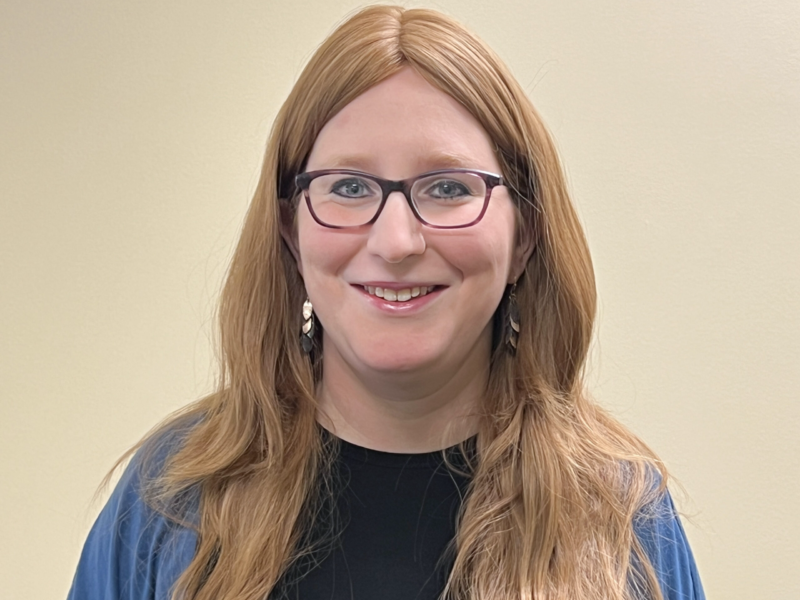Jewish life is centered around the cycle of life. While daily spiritual living is cherished, it’s the unique moments that bring us together, bring tears to our eyes and remind us of what matters. These moments truly center us. In this review, I will not go into depth about “how to perform” Jewish lifecycles. The diversity of traditions and the richness of details are far too comprehensive. Rather, I will touch upon the “why,” addressing the purpose of these lifecycle moments.
Birth
There are few moments more spiritually transformative and emotionally precious than the birth of a child. The first major ritual for a Jewish child is the naming. A name is considered by our revered sages to be much more than just a name. Rather a name is an aspiration, a calling. This generally happens, for a boy at the brit milah and for a girl at a minyan (prayer group) or at the simchat bat.
Brit Milah (bris) – Through this ceremony on the eighth day of life (conditions permitting), a baby boy enters the Jewish covenant just as Abraham did 4,000 years ago. G-d partners with humans to complete creation. The Chassidic masters teach that at the cry of a baby at a brit, the heavens are compassionately open for our prayers. It is considered a very sacred moment, not merely a health-based procedure of circumcision.
Simchat Bat – At a simchat bat, the baby girl is celebrated and named. This ritual is an anomaly – unlike most other rituals, the simchat bat has no strict ancient tradition, and thus there is tremendous room for creativity at this ceremony. Thus, the parents have room to create their own tradition in welcoming their baby girl into the world.
Adoption – The Talmud teaches that an adopted child is considered the same as a birth child. He or she, according to Jewish tradition, is considered to be a child of the adopted parents in all ways. It is one of the greatest mitzvot in the Torah to care for and adopt a child and to provide a home and family for one who would become lost to the darkness of an orphanage.
Pidyon Haben
There is a ritual for a boy who is 30 days old to be “redeemed” with silver coins by his father through a Kohen (one of Jewish ritual priestly ancestry). This ritual is only performed for first- born boys who were born naturally (no C-section) and whose father is not a Kohen himself.
Upsherin
Some wait to give their boy his first haircut until three years of age. This ceremony is called an upsherin. A primary kabbalistic ( Jewish mystical) explanation is that a boy is trying to confuse the spiritual temptress of his gender. It is a joyous occasion marking a boy’s transition from only being able to receive to now being able to give.
Bar and Bat Mitzvah
It is only in a limited sense that a 13-year-old Jewish boy and a 12-year-old Jewish girl become “adults.” Developmental psychologists actually now suggest that “emerging adulthood” occurs even later than previously anticipated, at 18-26 years old. Rather, a bar and bat mitzvah (son/daughter of responsibility) are considered “adults” in the eyes of tradition. The core years of Jewish obligation and influence that their parents desperately embraced are now over. The adolescent is now expected to evolve from extrinsic motivation (a life of incentives and rewards) toward intrinsic motivation (driven toward the true, good, holy, and just) and must now choose her or his own Jewish engagement with the continued guidance, support, and love of parents and the greater community. While one has not embraced any true milestones of adulthood, such as having a full-time job, marriage, raising children, and meeting financial responsibilities, he or she is now responsible for having an impact upon the Jewish people and broader society.
Weddings
A Jewish wedding has the potential to be one of the most powerful Jewish rituals. Having led many, there are few that I myself don’t tear up at. It is a reminder of the power of love and union. Families gather together for a happy occasion, which occurs all too rarely; the couple being married, their parents, grandparents, relatives and friends all contemplate their own married lives and look with anticipation to the creation of a new family. There are a few stages to a traditional Jewish wedding: erusin (betrothal on the wedding day), ketubah (statement of obligations), chuppah (the wedding canopy), nesuin (marrying with a ring and witnesses), yichud (marital seclusion and intimacy), and sheva brachot (the seven blessings and celebrations). A Jewish wedding is a celebration of a contractual agreement of shared obligation, responsibility, and respect. Love is made concrete into committed actions. Though there are different opinions on the tradition, we break a glass at the end of the ceremony to remind us at the pinnacle of joy that there is brokenness in us and all over the world. It is another way to remind ourselves that while our marriages and families are inherently valuable, they are also vehicles toward enacting social justice and tikkun olam.
Divorce
A divorce is actualized through the giving and receiving of a get ( Jewish divorce document). While a divorce is innately a tragic event (a relationship has broken and attempts at repair have failed), it can also be a liberating experience and a source of relief and joy. The procedure is simple and quick, but should be performed by a mesader get (a rabbinic divorce expert).
Tragically, today, some “religious” men deny their wives a get, making them agunot (chained women unable to remarry). For this reason, in Orthodox circles, many embrace using a halakhic pre-nuptial agreement to prevent women from being chained to a broken marriage. In Conservative circles, many include the Lieberman clause into the ketubah that gives women an out from the marriage without a get. In most Reform circles, a get is not used at all and is not required to remarry.
Death and Mourning
One is buried with great haste and great modesty (humble burial shrouds, modest wooden casket, buried directly in the dirt). There is a mitzvah to join a burial society (chevra kaddis- hah) to assist in the cleaning of the body and to guard a body (as a shomer). While always tragic, the Jewish rituals around death, funerals and mourning can be quite profound. The Jewish tradition understands that the mourning and recovery process from the death of a loved one is a long and gradual process. Unlike other traditions (for example, think of many corporations that expect employees to take no more than three days off for the death of a close relative), Jewish tradition makes the trauma of burial short, and the modest casket ensures that we do not feel obligated to spend huge sums to show our respect for the dead. Instead, we understand that after the burial, the full force of pain and loss hits those mourning with a tremendous impact. At this point, our tradition sustains us and helps us to gradually return to our regular lives through the following plan.
Shiva – 7 most intense days of mourning Shloshim – first 30 days of mourning Aveilut – year of mourning. While one is an avel (mourner) for a full year for immediate relatives, one only says kaddish for the first 11 months of the year.
Unveiling – removing a veil to reveal the tombstone.
Yahrtzeit – observing the day of memory each year by saying kaddish and potentially also with tzedakah (charity) and visiting the grave.
Conversion
The Jewish community is very open to accepting converts. These individuals who bravely embrace Judaism without having been raised Jewish are to be considered heroes and role models in the community. Jewish law demands that they are cherished, embraced and never shunned.
After completing Jewish learning courses, committing to Judaism and the Jewish people, dipping in the mikvah (spiritual bath) and getting circumcised (for boys), converts are celebrated in the community and are no longer consider “converts” but just “normal” Jews. Let us remember this when we encounter those who have converted, and not look with suspicion on them. They have joined with us in the unique and spiritually uplifting rituals of the life cycle.
Physically Modest Yet Spiritually Lavish
Very often today, many embrace the party of lifecycle events (the $25,000 bar mitzvah and $50,000 wedding). Judaism stresses the importance of having modest celebrations that focus on family, values, God and spiritual aspirations.
We need not spend so much on celebrations. The Talmud (Sanhedrin 29b) teaches that one is not to appear publicly in a way that flaunts his or her wealth, as this lifestyle not only leads to arrogance, but can also shame others and lead them to covet. Histapkut bamuat (being content with less) is a core Jewish value, and Ben Zoma taught that a wealthy individual is one who is content with one’s lot (Pirkei Avot 4:1).
The rabbis regulated spending. As a way of showing “deference to the poor” (Moed Kattan 27), even the richest people were to be buried plainly so as not to shame the poor.
Lifecycle events should be a time of spiritual reflection creat- ing an ambiance of love by bringing together sacred community. We should work to create more creative and holy celebrations that foster inclusiveness and community building. A wedding, birth, funeral and the like are all opportunities for great spiritual and ethical possibilities and are a time for families to engage in financial introspection (cheshbon ha’kis).
Rabbi Dr. Shmuly Yanklowitz is the author of five books on Jewish ethics. Newsweek named Rav Shmuly one of the top 50 rabbis in America. He now serves as the executive director of the Valley Beit Midrash in Phoenix.





